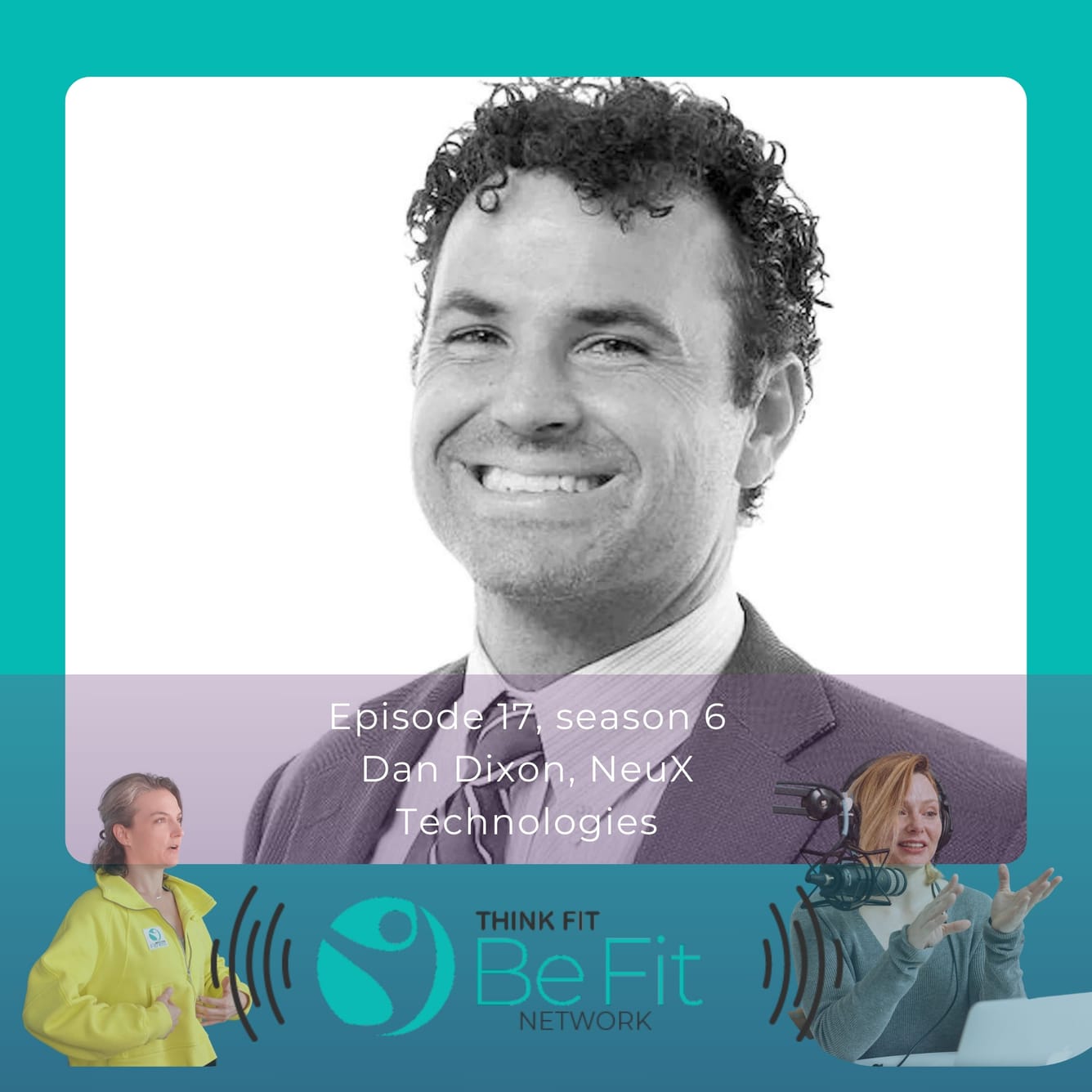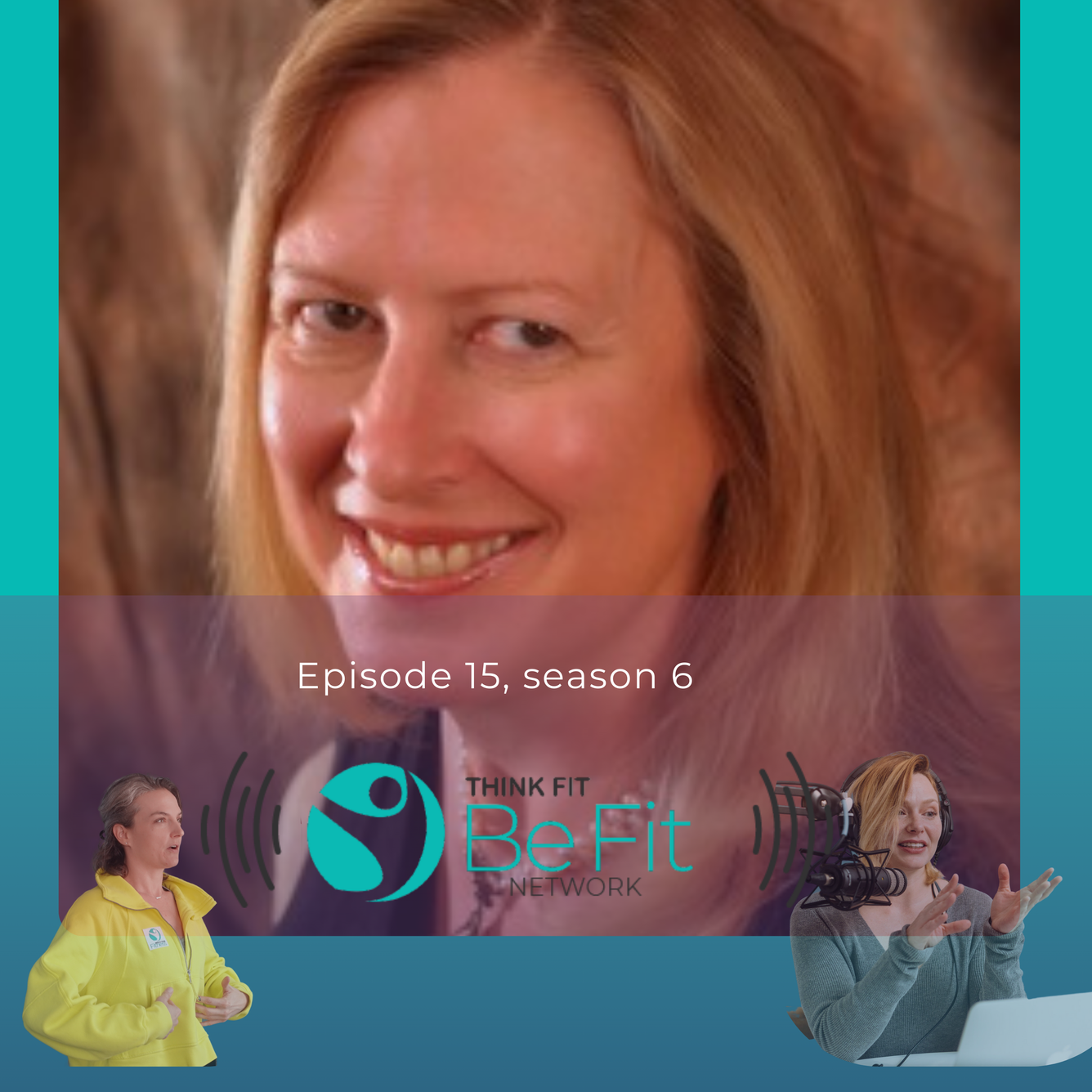Updates to the definition of pain and how it can help your exercise
May 29, 2019
Chronic pain and under-performing muscles can slow down our exercise and age us faster. Exercise – and specifically strength training – has the power to improve muscle mass and joints. Muscle mass is the number one measurement of quality of life for adults, but we rarely discuss it in the context of functional aging and exercise.
Many people are told to work around old injuries, limit themselves and fear the oncoming repeats. Connecting the dots between muscle mass, the new findings of Pain Science, and finding exercises that work just for an individual's unique body will give us possibilities to challenge ourselves despite old injuries.
This episode includes a lot of interesting information about the new developments in how movement pain should be treated and how we can start to explain that joint damage and pain-free exercise can co-exist.Things you’ll learn in this episode:
- It’s possible that your pain can increase by the things that you encounter on a daily basis: environmental, social and movement cues that are received by your nervous system as dangerous. Not all pain is as simple as stepping on a tack.
- Pain is an individualized experience.
- Why you should adequately equip your journey to pain-free movement with knowledge about pain and the brain
- Like a well-oiled machine, the body needs fine-tuning, and that includes a focus on your muscles.
Links of interest:
"Pain is far more than just physical, it affects our overall well-being and emotional state and this is completely NORMAL.” Cor-kinetic Pain Science bloghttps://cor-kinetic.com/
Movement Pathways course https://jennschwartz.kartra.com/page/registerJuneMay 15 episode about the nervous systemhttp://thinkfitbefit.libsyn.com/intutive-awareness-and-reverse-engineering-the-muscle-system
May 22 with Meredith McDonough http://thinkfitbefit.libsyn.com/intutive-awareness-and-reverse-engineering-the-muscle-systemStanford Pain Medicine http://med.stanford.edu/pain.html
Dr Sean Mackey MD PhD https://youtu.be/otUVzK4hToMNPR Hidden Brain https://www.npr.org/2019/04/29/718227789/all-the-worlds-a-stage-including-the-doctor-s-office
Pain as a metaphor https://www.ncbi.nlm.nih.gov/pmc/articles/PMC4819656/
Can your back or muscle pain be related to gluten sensitivity?https://clinicaltrials.gov/ct2/show/NCT03022513
Jen DeLorenzo Therapy in Virginia http://www.metrocollaborative.com/jennifer-delorenzo
Gregory Gordon in New York, NY https://www.exercise-intelligence.com/
Biology study guide for Para-sympahatic and Sympathetic Nervous Systems https://study.com/academy/lesson/the-sympathetic-and-parasympathetic-nervous-systems.html
Heart Rate Variability, Start using this to help your training https://miketnelson.leadpages.co/hrv-solution/ HRV is the number that represents the variations in the deep polarization of the heartbeat. Specifically the spike on the wave links when you look at the electrical activity of the heart (QRS waves)
Pain blog and the Traffic Light theoryhttps://painchats.com/doctors-self-management-guide-back-pain/?fbclid=IwAR1sdgQg1Dp3y6OR-8qpDFO_MHrOFkcxzBM7N9_7z5lJtw4iwSfFKZKXFYs


